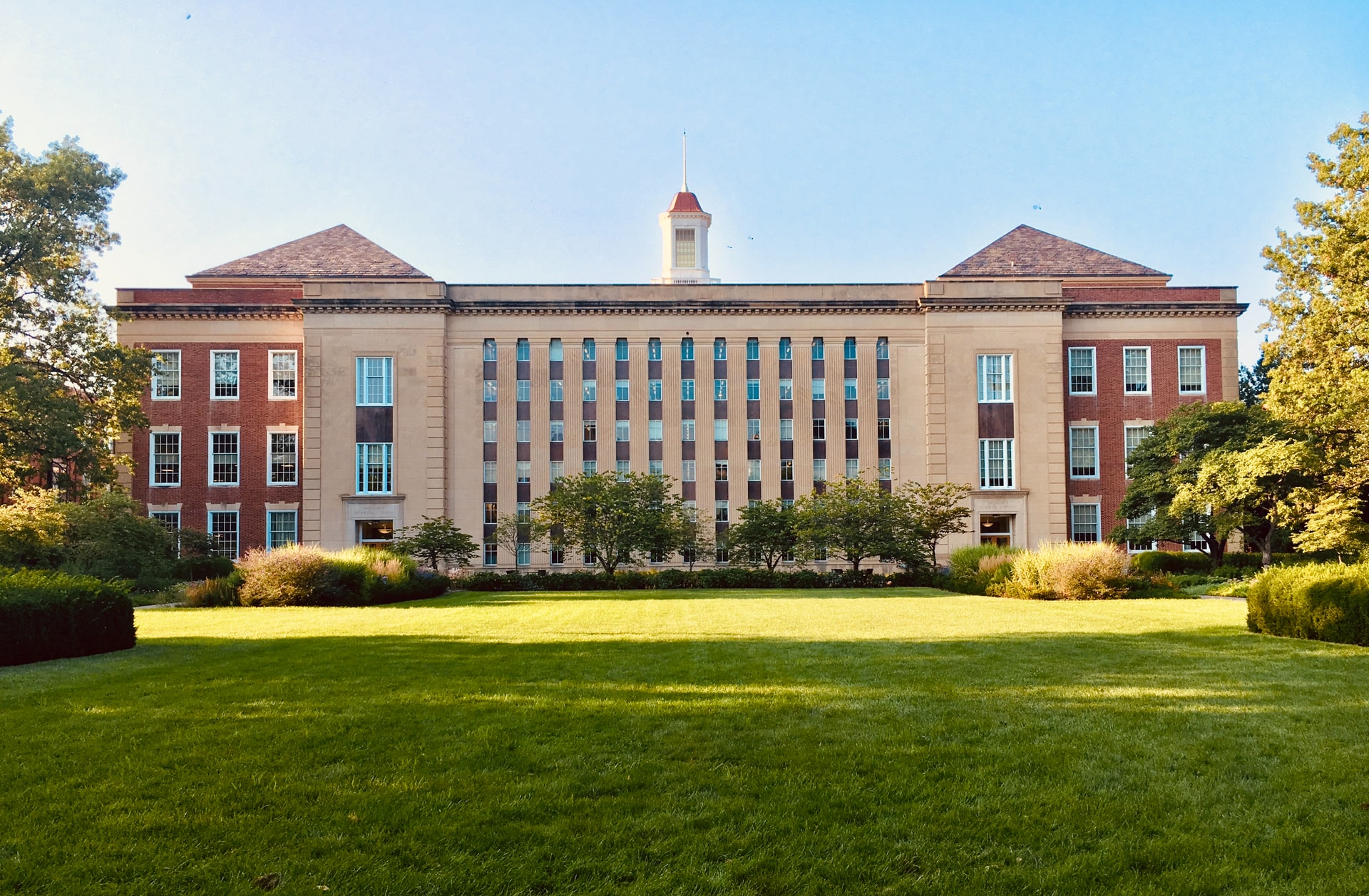Five Reasons Why the American Education System is So Bad

Five Reasons Why the American Education System is So Bad
- 39549
- 0 Comment
Many Americans wonder, “Why is the American education system so bad?” The reasons for the poor performance of the American educational system are complicated and multifaceted. Some of the most common problems include social promotion, overcrowded classrooms, and teacher tenure. Let’s take a closer look. If you haven’t already, here are five reasons why the American education system is so bad. If you agree with these reasons, then read on!
Public schools
One answer to the question, “Why is the American education system so bad?” lies in its reliance on government funding. From 1950 to 1991, the average pupil-teacher ratio dropped by about 40 percent. While the number of students per teacher grew, annual expenditures per pupil skyrocketed by 350 percent. During that same period, they decreased slightly but then jumped back up by a third. This disparity in funding and the quality of education have caused many critics to call for radical reform.
School bureaucracy
The burden of bureaucracy in American public education is a problem on many levels. State boards of education are an example of this. These boards impose their will on the bottom actors in society. While elected school boards have a crucial role in the education process, critics argue that they are ineffective and micromanaging. The central authority of the district administrations stifles grassroots efforts and discourages parents from putting their children in private schools.
Overcrowded classrooms
Overcrowded classrooms have a number of negative consequences for students and teachers alike. They make it hard for students to focus, and reduce the amount of time teachers have for innovative teaching methods, group work, and teaching material. These conditions also lead to teacher burnout. Overcrowding can also affect the logistics of a school day, causing disruptions and noise. The following are some of the most significant effects of overcrowded classrooms in the American education system.
Teacher tenure
The benefits of tenure are numerous. It provides teachers with more flexibility, and enables them to become more involved in the decisions made in their schools. But there are also pitfalls associated with tenure. The “dead weight” that the system carries is rarely the fault of a teacher’s poor performance. Even a few bad apples shouldn’t bring down the entire system, so it’s better to protect the good teachers from being swept under the rug and replaced by new ones.
Pay for performance
A major challenge in implementing a pay for performance scheme in the American education system is identifying the critical aspects of this approach. Although the behavioralist view of motivation is criticized by many psychologists, performance pay schemes have nuances that qualify the effect of this critique. Some performance pay schemes acknowledge the psychosocial relationships in human activity and recognize the importance of the moral and social functions of schools. The nuances of performance pay schemes are important to understanding the system’s impact.

